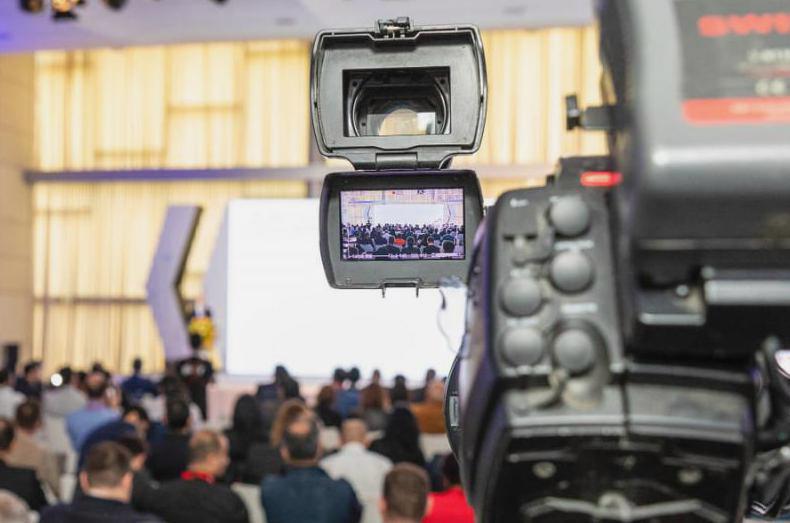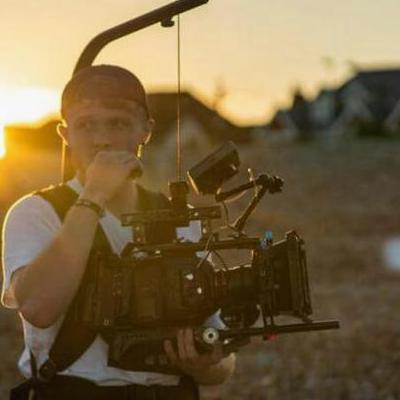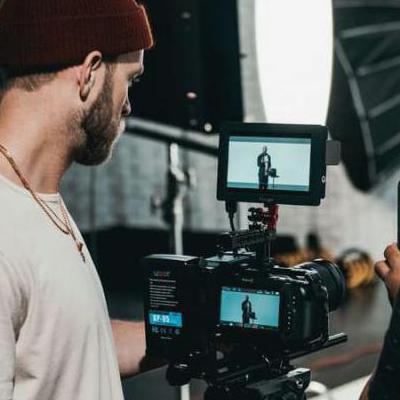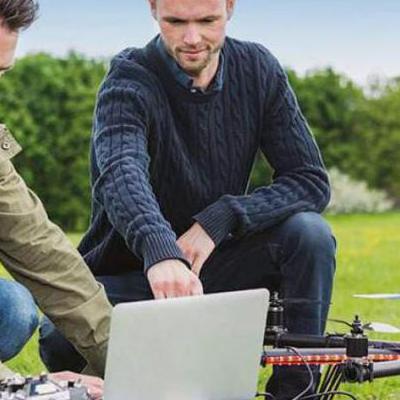
Conference recording: capture your event

Conferences are a great way to bring together people from various industries and disciplines to share ideas, knowledge, and experiences. Unfortunately, not all attendees can make it to every conference, and that’s where conference recording comes in. Conference recording captures audio and video of the presentations, discussions, and events of a conference, making it available for those who can’t attend in person.
Recording conferences is becoming increasingly popular as an effective way to ensure that the information discussed is accessible for everyone. By recording conferences, attendees can revisit important points from the presentations and discussions, or catch up on anything they missed. It also allows those who couldn’t attend to gain access to the same information as those who attended in person.
Advantages of Conference Recording
Conference recording offers a great advantage to businesses and organizations of all sizes. It allows participants to focus on the content of the conference, rather than worry about taking notes or accurately capturing the conversations. Conference recording also allows participants to review the conference later, so they can gain more insight and make better decisions.
One of the primary advantages of conference recording is that it allows organizations to capture every detail of their meetings and conferences. This makes it easy to review the event later and ensure that everyone is on the same page. Conference recordings also provide a way to keep track of the conversations, so that important decisions and points are not forgotten or overlooked.
Another advantage of conference recording is that it can be used to create training materials, such as webinars and podcasts. This allows organizations to share the content from their conferences with a wider audience. It also helps to reinforce the message and provides another way for members to stay informed about the organization's mission and goals.
Finally, conference recordings are also a great way to document progress and foster collaboration. They can be used to review the progress of a project or initiative, as well as to review the performance of team members. This can help organizations ensure that everyone is on the same page and working towards the same goals.
Recording Conferences: Essential Tools and Techniques
When it comes to capturing the content of a conference, recording technology plays an essential role. Whether you’re recording a live event or a virtual one, there are a few tools and techniques you should be aware of to ensure that your recordings are of the highest quality.
One of the most important pieces of equipment to consider is a good microphone. A microphone with good sound quality can make a huge difference in the clarity of your recordings. Depending on the size of your conference, you may also need multiple microphones to capture different speakers. If you’re recording a virtual event, you can use a USB-powered external microphone for better audio quality.
Another essential tool for recording conferences is a digital recorder. This device records audio directly to a computer or other device, so you don’t have to worry about transferring the audio files later. Digital recorders also allow you to easily adjust the sound settings, so you can ensure that the recordings are of the highest quality.
You may also want to consider using a video camera to record your event. This can be especially useful if you’re recording a live event, as it will allow you to capture both audio and video. You can then edit the footage after the event to create a professional-looking presentation.
Finally, consider using a post-production software program to edit your recordings. This will allow you to make adjustments to the audio and video, as well as add additional effects and titles. Post-production software can also be used to compress large files for easier sharing and distribution.




